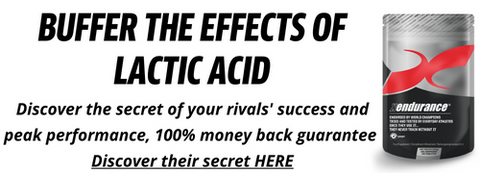- Setting threshold from short tests
- Using personal records (PRs) to set FTP
- Pushing too hard
- Doing too much
- Not recognising the importance of day to day variability
If there was one single number that would provide an accurate measure of your aerobic fitness it would be THRESHOLD PACE or THRESHOLD POWER (FTP). It’s often quoted and dare I say it ‘bragged about’! This likely means that interval training sessions at threshold form a key part of your training plan as a triathlete. Here’s a summary of some of the major mistakes that I see in this area:
- Setting threshold from short tests
Although threshold definitions vary it is generally accepted that it relates to your best sustainable effort (typically power, pace or HR). In running terms it is often equated to 10km pace and in cycling terms to one hour power. Yet the tests we use to measure threshold have been shortened to suit athlete preferences, reduce the testing burden and become more time efficient. However this can lead to inaccuracy and most commonly the over-estimation of threshold pace or power. One such example is the 20 minute cycling FTP test which predicts that athletes can maintain 95% of this 20 min power for longer (sustained) periods of time. However, I have seen athlete’s who can cycle at this predicted FTP (TTE -0 time to exhaustion) for only 30mins to those who can do so for 75mins
- Using personal records (PRs) to set FTP
It is common for athletes to set records when tapered (rested) and in the throws of competition (hugely motivated). These performances may suggest that a new threshold has been achieved but consider whether you should simply acknowledge this as your best effort but continue to train to your previous data. Can you live up to this new threshold week in and week out and when under high training stress (volume and/or intensity)?
- Pushing too hard
Surely if we can exceed our so-called threshold in training then that’s a good thing, right? Well no not really. Once we exercise at an intensity above our threshold we begin to work with a very large anaerobic component and with a steeply rising amount of lactate (and hydrogen ions) in the muscle tissue and the blood. Firstly, this means that our efforts are likely training the wrong energy system (anaerobic energy systems predominate in events lasting shorter than 90 seconds but after that aerobic energy plays the dominant role). Secondly, once we tip over threshold, we go from a moderately sustainable level of effort to a much, much less sustainable level and this can mean we fail much quicker in training or racing.
- Doing too much
Threshold training should comprise just a portion of a well-designed training program. It is important to understand that while training at threshold should (obviously) improve your threshold, training way below it and also just above it can also raise it too. For example if you’re aerobic base is lacking then more hours of easy endurance training could lift your FTP on the bike and if you’re VO2max is limited then training at speeds faster than your threshold could be of more help.
- Not recognising the importance of day to day variability
Threshold is not a single number that defines you! It’s a feeling and an effort level that fluctuates a little each day. Athletes should have the autonomy to train also to ‘feel’ and within a broad power, pace or HR range on any given training day. Ultimately, if it feels like threshold then it probably is. The effort level is typically described as 7 or maybe 8 out of 10. Ignore RPE at your peril: many athletes fail to finish threshold sessions by strictly adhering to targets early in the session even though they feel it is very hard (8-9/10). This means that they are working above threshold and as we stated earlier that means that the desired number of sets or reps will not be achieved.
Good luck raising your thresholds!
By Phil Ellison, Senior Coach at Total Tri Training, you can reach Phil by clicking here Or on Instagram @phil.ellison









